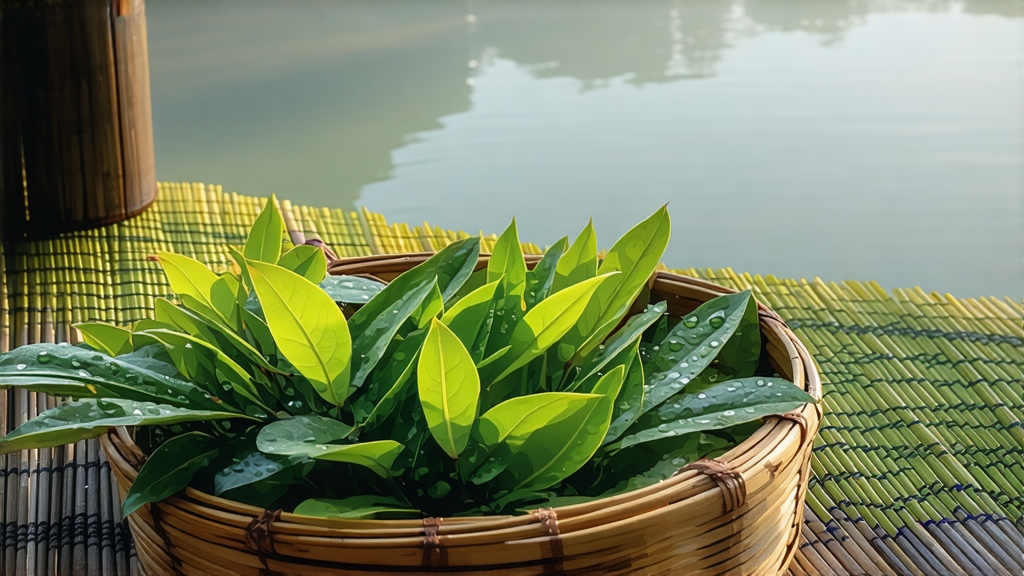
Longjing, literally “Dragon-Well,” is more than a green tea; it is a liquid manuscript of Chinese aesthetics, geography and etiquette. First praised in Tang dynasty travel diaries and later offered to Qianlong Emperor during his 18th-century southern tours, the tea has spent twelve centuries refining its reputation from regional curiosity to national icon. When the emperor allegedly pocketed a handful of freshly plucked shoots while visiting the Hugong Temple by West Lake, he began a courtly fashion that turned Hangzhou’s hills into China’s most famous tea garden. Today the same 168-hectare core zone, buffered by mist-fed bamboo groves and quartz-rich sandstone, is protected by UNESCO as a living cultural landscape.
Although the name “Longjing” appears on supermarket shelves worldwide, authentic leaf comes only from a handful of villages tucked into the Xihu (West Lake) district. Within this micro-region four crus enjoy cult status: Shi-feng (Lion Peak), Mei-jia-wu, Weng-jia-shan and Hu-pao (Tiger-Running Spring). Each hill faces slightly different solar angles, soil depths and nocturnal humidity, translating into minute but detectable cup differences. Shi-feng, the highest and steepest, yields the most sought-after pre-Qingming lots: tiny, jade-green spears that infuse into a pale straw liquor with an almost marine sweetness. Mei-jia-wu, ringed by osmanthus trees, gives teas whose fragrance carries a faint floral echo, while Tiger-Running Spring leaf is prized for its mineral backbone supplied by the famous spring itself. Outside Xihu, counties such as Xin-chang and An-ji produce “Zhejiang Longjing,” a legitimate but more affordable style whose leaves are broader and whose taste is grassier, lacking the chestnutty umami that connoisseurs chase.
The crafting choreography that converts spring sunlight into cup-ready leaf has changed little since the late Ming. Picking begins when the air temperature hovers between 12 °C and 18 °C, coaxing the plant to store amino acids while keeping catechins low. Only the standard “one bud with one unfolding leaf” is snipped, using a twisting motion that prevents bruising. Within two hours the harvest is back at the village cooperative, where 250 g of fresh leaf—roughly 3,500 pluckings—will shrink to 50 g of finished tea.
Withering is brief: the shoots are spread 3 cm thick on bamboo trays set in shaded draft corridors for no more than four hours, just long enough for grassiness to dissipate. The critical act is pan-firing, performed on seasoned cast-iron woks heated to 80 °C for the first “qing guo” (killing-green) phase. The master’s bare hand presses, lifts, shakes and rattles the leaf against the metal, a percussion that lasts twelve to fifteen minutes and demands wrist angles precise to the millimetre. Temperature is then dropped to 60 °C for the second “hui guo,” where residual moisture is coaxed out while the familiar flat, sword-shaped profile is set. Throughout, the artisan listens: a sudden crackle signals too much heat, while a dull hiss means the leaf is stewing. When the rustle resembles wind through rice paper, the tea is done. Final moisture must land between 5 % and 6 %—any higher invites mold, any lower sacrifices fragrance.
Storage follows an unwritten rule: the tea must rest ten days after firing before it meets water. During this “annealing” period aromatic molecules stabilize, while superfluous volatiles evaporate. The classic container is a triple-layer pouch: food-grade kraft paper folded around the leaf, slipped into an aluminized zip bag, then nestled inside a lime-lined earthen jar. Lime keeps relative humidity at 45 %, the sweet spot that preserves chlorophyll’s emerald without flattening bouquet.
Brewing Longjing is a lesson in restraint. Begin with neutral spring water; its mineral content should mirror that of Hangzhou’s own, around 120 ppm TDS. Heat to 80 °C—just when the kettle’s bubbles shrink to crab-eye size. A 200 ml gaiwan receives 3 g of leaf, arranged in a loose single layer so each spear can expand. The first infusion, 20 seconds, is really a “wake-up rinse” that primes the cuticle; discard or sip according to preference. The second steep, 30